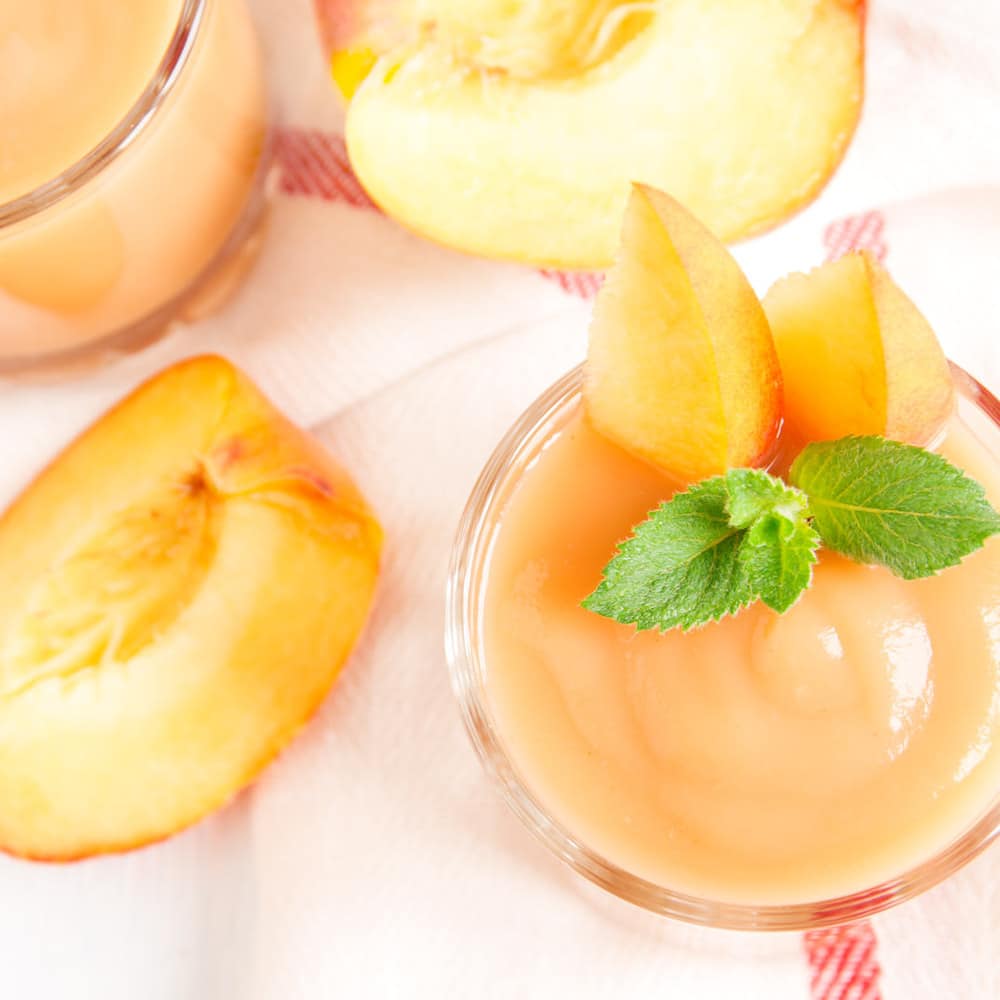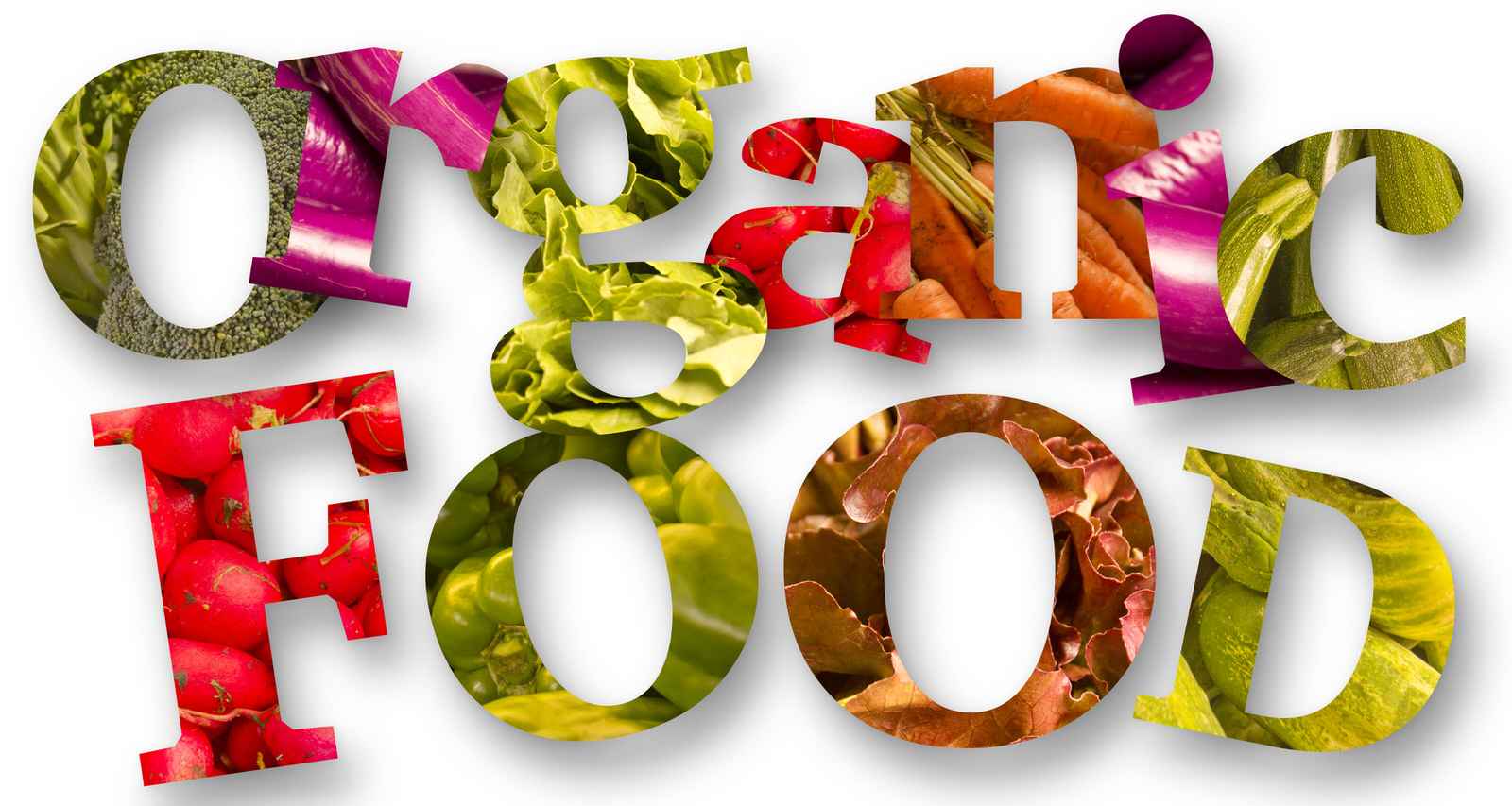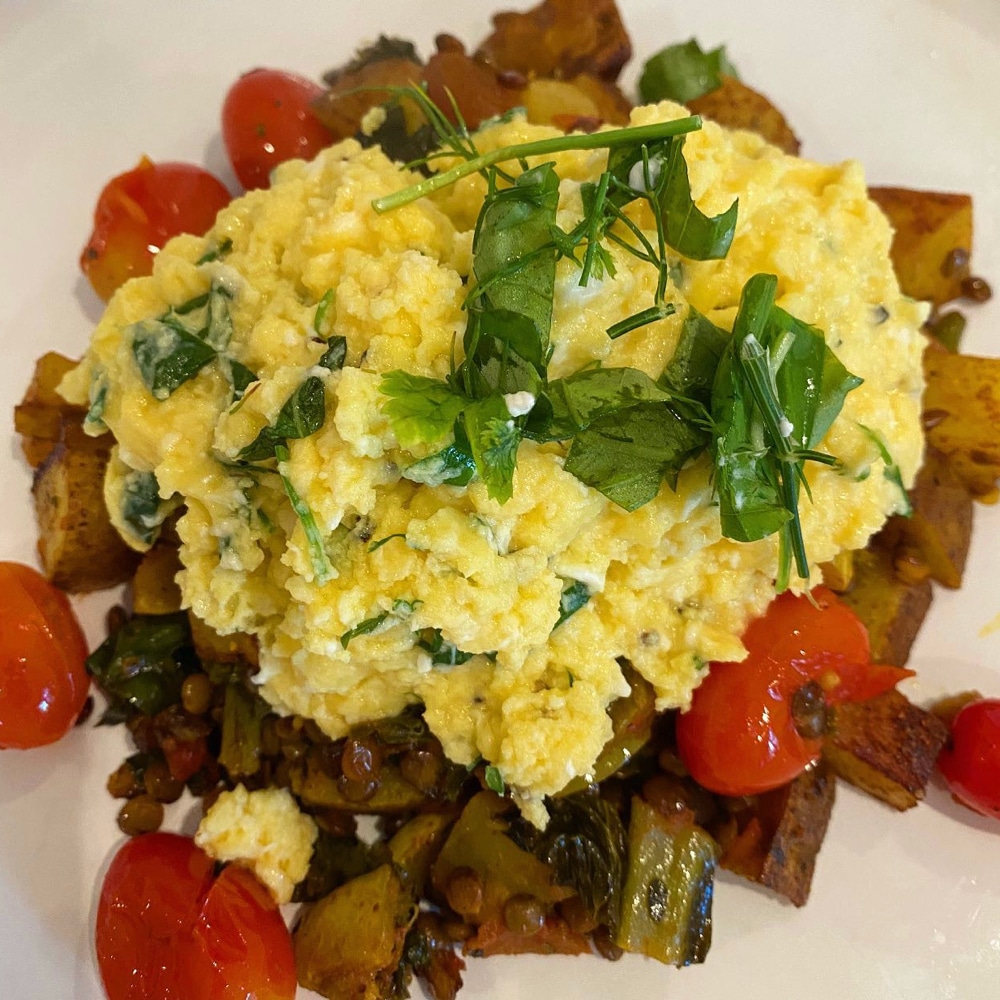
Posted By
Robin Barrie
Robin Barrie Kaiden, MS, RD, CDN, CSSD is one of the nation’s leading experts in personal wellness, nutrition, physical fitness, and weight loss. As the founder of Robin Barrie™, her Manhattan-based practice and consulting group, she has cultivated a following for developing individualized, realistic, and results-oriented plans that ensure diet and fitness goals are achieved and maintained for a lifetime.

Whether you buy your groceries online or at a nearby store, organic food and product choices are present at every turn. But are they better for us? Is organic the secret clue to buying healthier food?
The 411 on Organic Products
The term “Organic” relates to the way foods such as fruits, vegetables, grains, dairy products, and meat are grown. Organic farming is designed to aid in water and soil conservation, reduce pollution, and decrease pesticide use. For example, instead of spraying a crop with a pesticide to prevent a specific kind of pest, the farmer would bring in a different insect that consumes the crop-destroying pest.
For livestock to be considered organic, the USDA requires that 30% of their nutrient intake comes from grazing, and they are put out to pasture for at least 4 months of the year. This is required for both organic meat and dairy items.
Products labeled organic have severe restrictions on food additives and fortifying agents, including preservatives, artificial sweeteners, coloring and flavoring, and monosodium glutamate (MSG).
What are the Differences?
- Currently, there is no research that shows any nutrient difference between “organic” or conventional farming.
- The cost: Organic foods typically cost more than their conventional counterparts, in part, to more expensive farming practices.
- They spoil faster from the lack of use of preservatives and waxes.
- Looks: Some organic produce may have odd shapes, varying colors, different sizes. However organic foods meet the same quality and safety standards as those of conventional foods.
- Taste: Some people say that organic products do, in fact, taste better.
Food Labels
It is common to see “natural”, “cage-free”, or “hormone free” labels on food products. Through the descriptions have to be accurate they do not mean “organic”.
- 100% Organic: The item is completely organic or all the ingredients are organic. Displayed with seal.
- Organic: At least 95% of the ingredients are organic, displayed with seal.
- Made with Organic Ingredients: At least 70% of ingredients are organic, no seal displayed.
Foods at low risk for high pesticide content (non-organic should be safe):
- Asparagus
- Avacado
- Banana
- Broccoli
- Cabbage
- Cauliflower
- Corn
- Eggplant
- Kiwi
- Mango
- Onion
- Papaya
- Pineapple
- Sweet Peas
- Sweet Potato
- Tomato
- Watermelon
Foods at HIGH risk for high pesticide content (try to buy organic):
- Animal Products (meat, poultry, eggs, dairy)
- Apples
- Bell Peppers
- Carrots
- Celery
- Cherries
- Imported Grapes
- Kale
- Lettuce
- Nectarines
- Peaches
- Pears
- Raspberries
- Spinach
- Strawberries



